Porthole catfish - Dianema longibarbis
Scientific name: Dianema longibarbis
Common name: Porthole catfish
Family: Callichthyidae
Usual size in fish tanks: 8 - 10 cm (3.15 - 3.94 inch)
014
Recommended pH range: 5.8 - 7.8
Recommended water hardness: 2 - 20°N (35.71 - 357.14ppm)
0°C 32°F30°C 86°F
Recommended temperature range: 24 - 28 °C (75.2 - 82.4°F)
The way how these fish reproduce: Spawning
Where the species comes from: South America
Temperament to its own species: peaceful
Temperament toward other fish species: peaceful
Usual place in the tank: Bottom levels
Food and feeding
Porthole catfish will accept all foods. Quality flake should be used for the staple diet, algae wafers and shrimp pellets are also readily accepted. A treat of blood worms will condition this fish.
Origin
South America; Porthole catfish inhabits the Amazon River in Brazil and Peru.
Sexing
There are no physical differences between the sexes, but if a group has been purchased, the females tend to be slightly larger.
Breeding
Porthole catfish can be very difficult to breed. They require soft, acidic water and as they are bubble nest builders, floating plants are a great help. Place one male with 2-3 females and reduce the water flow. After the bubble nest has been built, the female will lay up to 500 eggs. Remove the female after spawning for her own safety; the male will guard the nest. When the fry have hatched they can be fed with newly hatched brine shrimp or crushed flake.
Lifespan
The expected life span for Dianema longibarbis is 10 years.
Short description
Soft sand or smooth gravel should be used as a substrate with Dianema longibarbis, provide hiding places and add some floating plants to make this fish feel at ease. This is a very peaceful species and should be kept in small groups of at least 4 fish.
Pictures
Bought by aqua-fish.net from jjphoto.dk. Other pictures were provided by Patrik.








 Aspidoras
Aspidoras  Giant
Giant  Hognosed
Hognosed  Emerald
Emerald  Cascarudo
Cascarudo  Acre
Acre  Adolfo’s
Adolfo’s  Bronze
Bronze 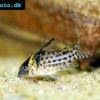 Agassizii’s
Agassizii’s  Spotted
Spotted  Skunk
Skunk  Corydoras
Corydoras 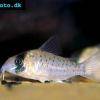 Fairy
Fairy  Corydoras
Corydoras  Pink
Pink 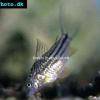 San
San  Bond’s
Bond’s  Spotted
Spotted  Tailspot
Tailspot  Concolor
Concolor  Cope’s
Cope’s 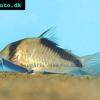 Sand’s
Sand’s  False
False  False
False 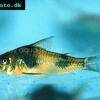 Ehrhardt’s
Ehrhardt’s  Elegant
Elegant 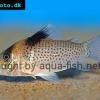 Saddle
Saddle  Fowler’s
Fowler’s  Gomezi
Gomezi 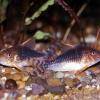 Palespotted
Palespotted 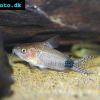 Guapore
Guapore  Dainty
Dainty  Mosaic
Mosaic  Imitator
Imitator  Julii
Julii  Leopard
Leopard 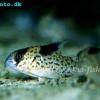 Black
Black  Slant-bar
Slant-bar  Bluespotted
Bluespotted  False
False  Bandit
Bandit  Mini
Mini 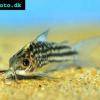 Napo
Napo  Corydoras
Corydoras 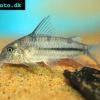 Blue
Blue  Nijssen’s
Nijssen’s 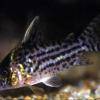 Ornate
Ornate  Peppered
Peppered  Panda
Panda  Albertini
Albertini  Pastaza
Pastaza  Corydoras
Corydoras  Many-spotted
Many-spotted  Pretty
Pretty  Dwarf
Dwarf  Iridescent
Iridescent  Reticulated
Reticulated 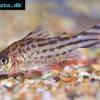 Bannertail
Bannertail  Robust
Robust  Schwartz’s
Schwartz’s  Black
Black 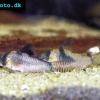 Longnosed
Longnosed  Seuss’
Seuss’  Smudge
Smudge  Masquerade
Masquerade 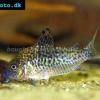 False
False  Millenium
Millenium  Pinkthroat
Pinkthroat  Sterba’s
Sterba’s  Longsnout
Longsnout  False
False  Miguelito
Miguelito 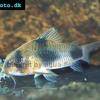 Twosaddle
Twosaddle  Xingu
Xingu 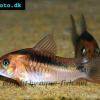 Black
Black  Flagtail
Flagtail  Brown
Brown  Spotted
Spotted